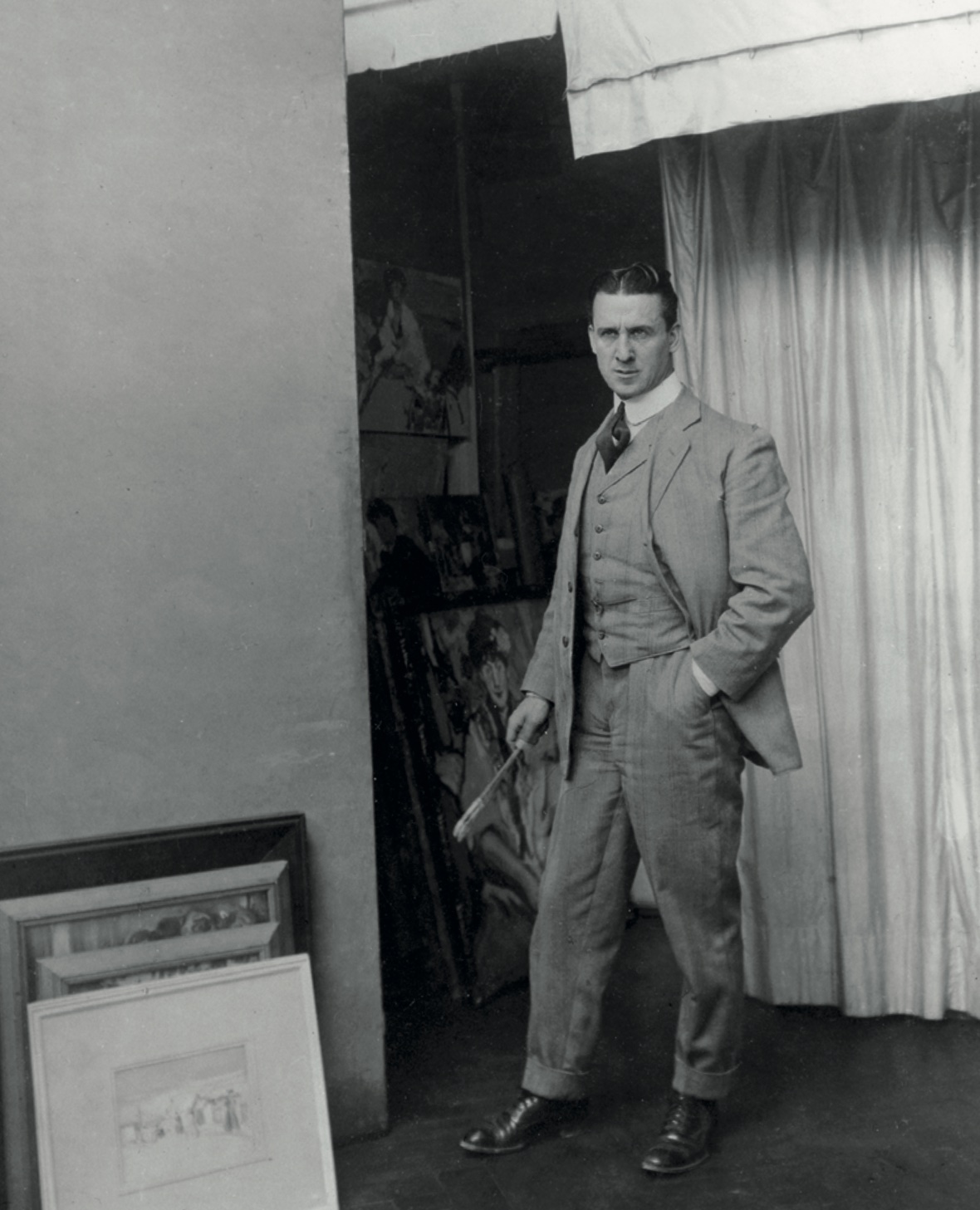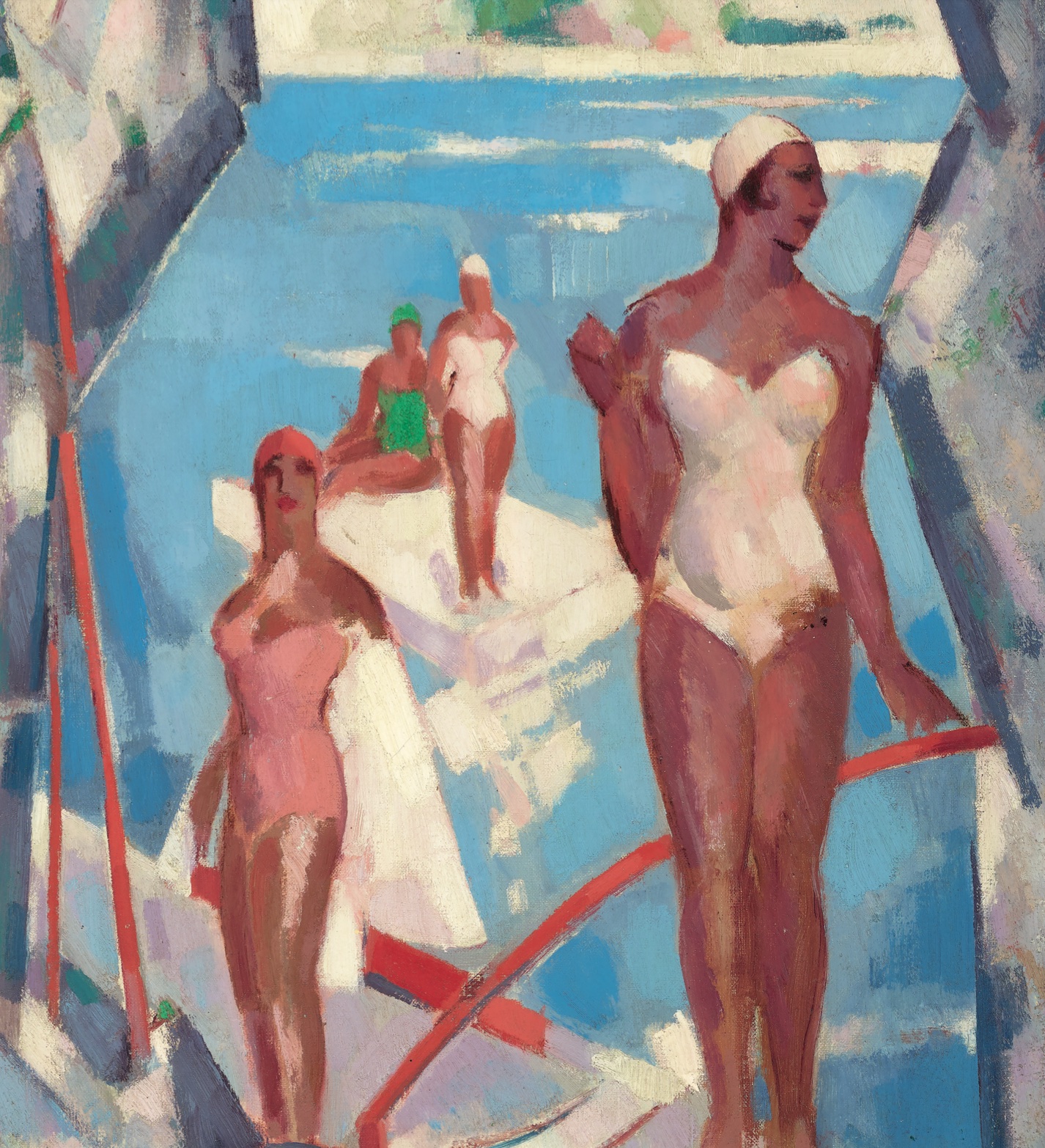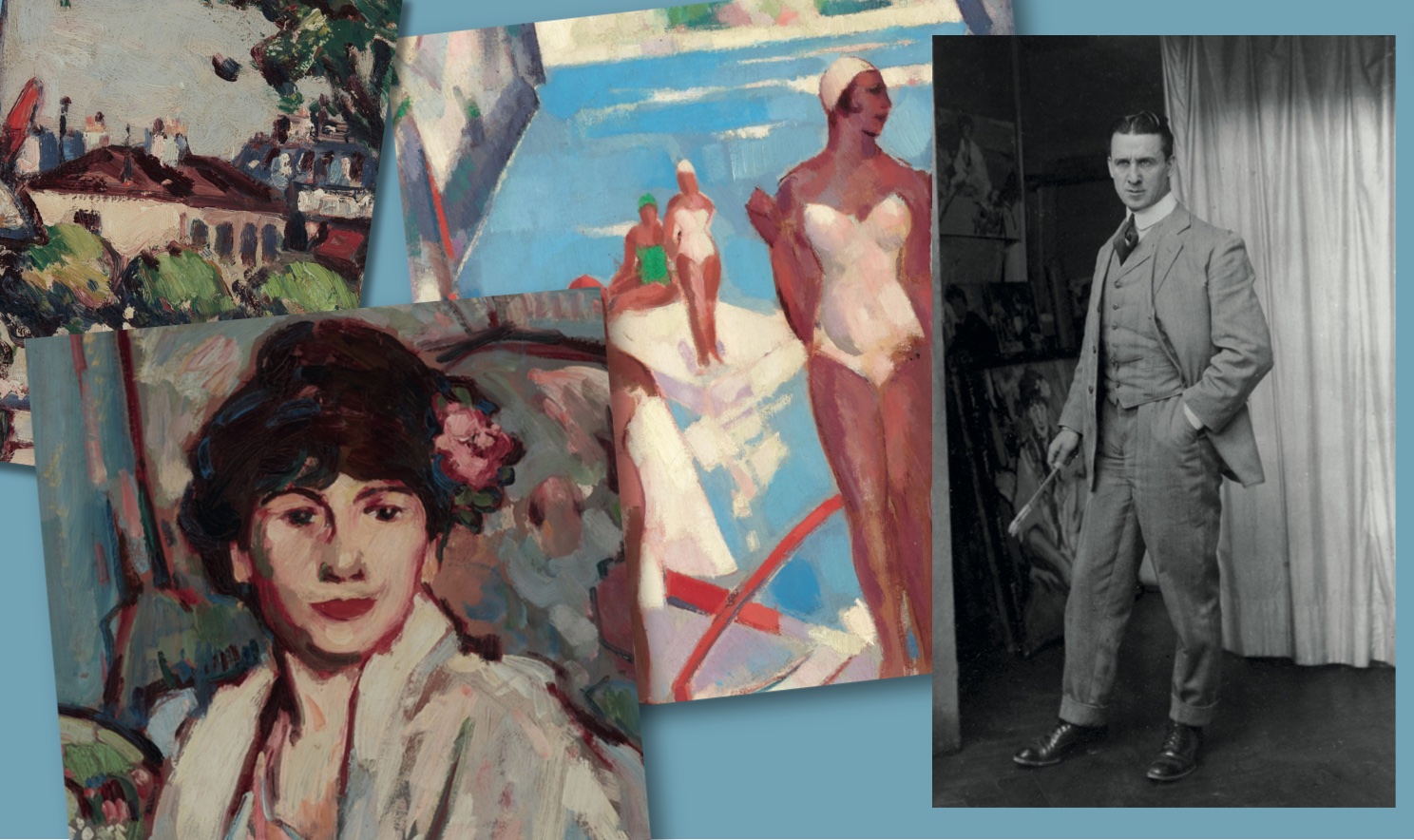#Fergusson #life #colour #Antique #Collecting
This year’s anniversary has seen a number of events devoted to the influential artist John Duncan Fergusson (1874-1961) one of the most important Scottish painters of the 20th century.

A new permanent display of his work has opened at Perth Art Gallery and, following its exhibition in partnership with the Fleming Collection A Scottish Colourist at 150: John Duncan Fergusson, Lyon & Turnbull recently hosted a sale of Scottish art with a special focus on his works at its Edinburgh saleroom.
The exhibition traced Fergusson’s career from his emergence as an artist of sophistication in Edwardian Edinburgh, to his role in the development of modern art in Paris. It also explored the inspiration he clearly found in the Scottish Highlands and his joy in portraying the pupils of the summer schools held in France by his wife, the dance pioneer Margaret Morris (1891-1981).

Fergusson’s International reach
Fergusson was born in Leith, near Edinburgh and is one of four artists, along with Francis Campbell Boileau Cadell (1883-1937), George Leslie Hunter (1877-1931) and Samuel J Peploe (1871-1935), known as the ‘Scottish Colourists.’ They are revered as masters of modern Scottish art with their works often the highlights of collections in this field.
In addition, collectors of both modern British art and modern European art are also drawn to Fergusson, who has the most international reputation of the group.
This is partly due to key periods he spent living in Paris before WWI and during the 1930s, as well as in London between 1914 and 1929. As the longest-lived of the Colourists (the others died before the start of WWII, while Fergusson lived to the ‘60s) he also played an important role in the Scottish art world after WWII, from a base in Glasgow; he died in the city in 1961. Fergusson’s international standing is epitomised by his election as a sociétaire, or member, of the progressive Salon d’Automne, in Paris in 1909, in recognition of his contribution to the modern movement. Indeed, the six years he spent in the city, between 1907 and 1913, provide the foundation of his standing beyond Scotland, underpinned by his lifelong pride in being a Scot.

Move to Paris
In 1907, Fergusson decided to move from Edinburgh to Paris. The trip was made possible thanks to an inheritance following his father’s death and was encouraged by meeting the American artist, Anne Estelle Rice (1877– 1959), in Paris-Plage in the summer.
The pair began a romantic and professional relationship which lasted until 1913. Fergusson declared “Paris is simply a place of freedom” and settled in Montparnasse, the celebrated artists’ quarter.




